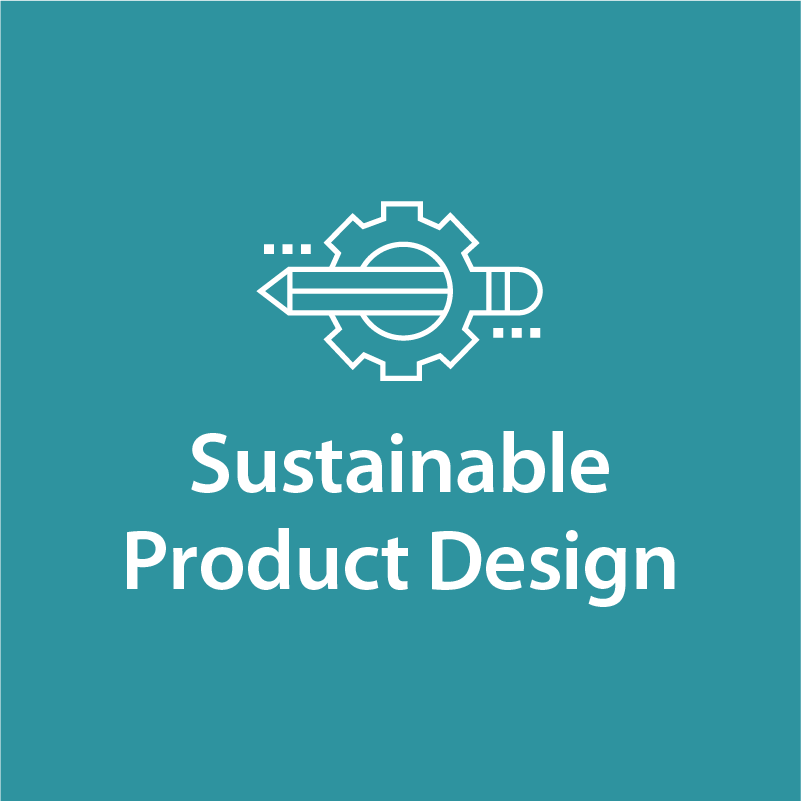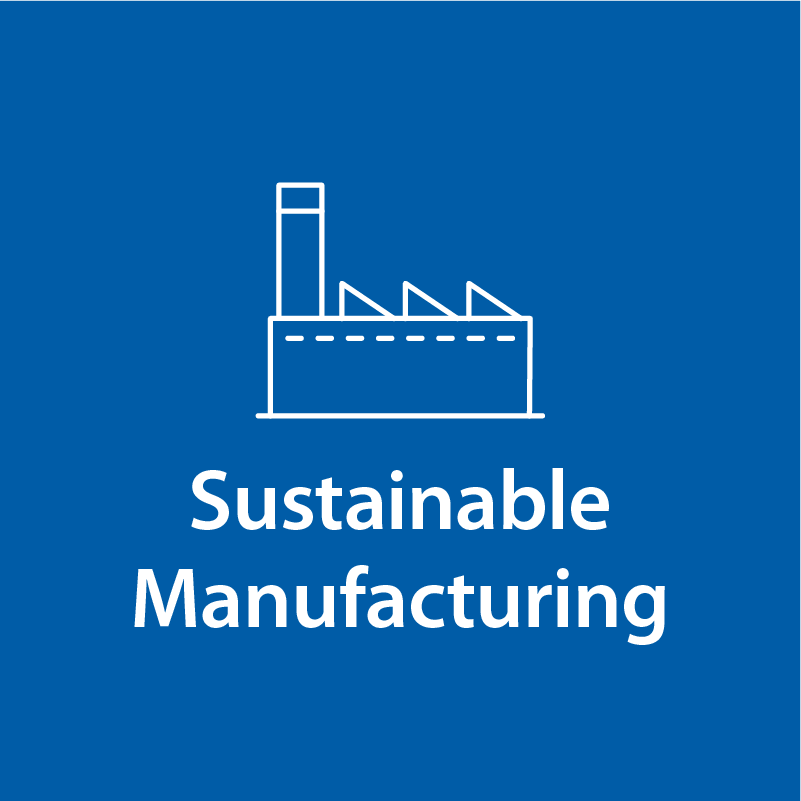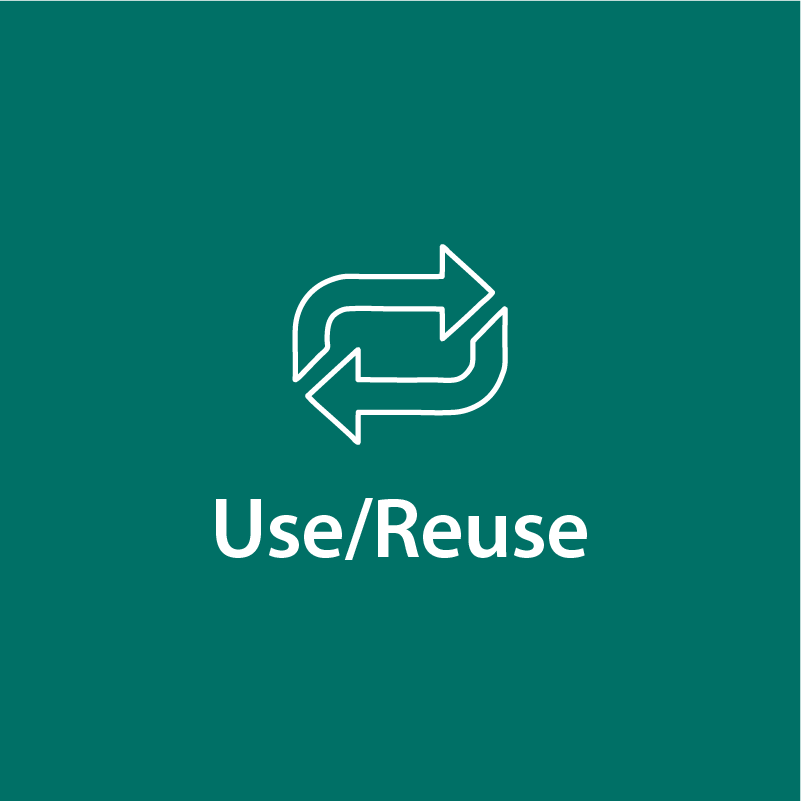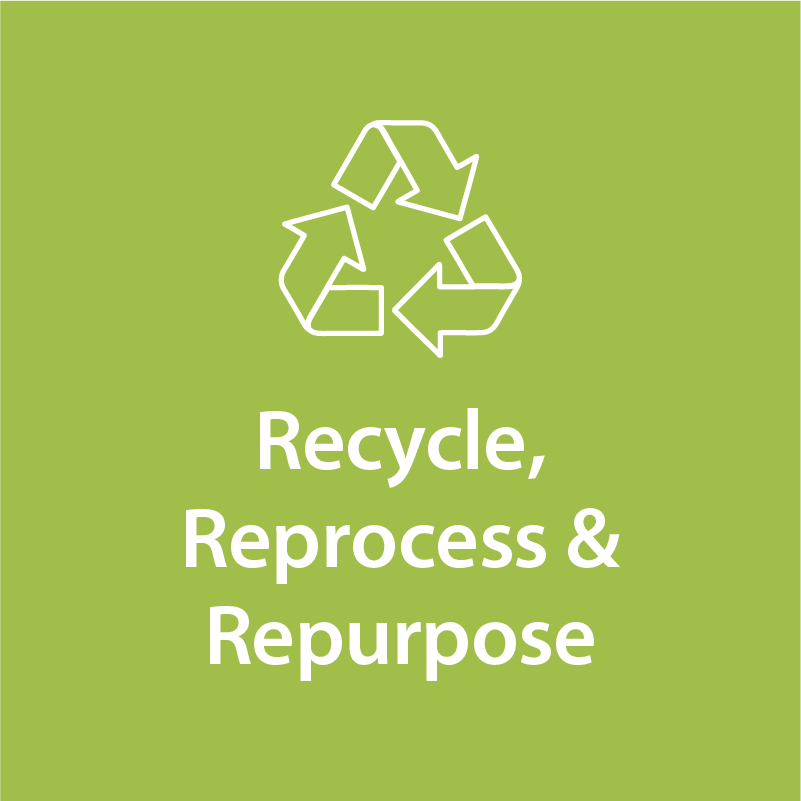ORBIS is a subsidiary of Menasha Corporation Learn More

Reach out today! Our experts are ready to craft the perfect reusable packaging solution for your needs.
As part of Menasha Corporation, caring about our environment has been part of our fabric for 175 years. From sourcing to design, manufacturing to distribution, to the retail aisle and beyond, we understand the impact we have on the circular economy and are committed to continued leadership in this space. The circular economy concept — which is based on a continuous flow of product— is the future of a successful, sustainable supply chain.
The three principles of the circular economy include the 3Rs: Reduce, Reuse and Recycle. We are committed to designing out waste (reduce), keeping products in use (reuse) and repurposing resources (recycle).
Get circular with ORBIS. When your packaging is at end-of-life, Recycle with ORBIS is a convenient program designed to effectively recover, recycle and reprocess packaging into other useful product for your next program. With ORBIS, we help you close the loop, with zero impact to the solid waste stream.

“The combination of our turn-key innovative products, services, and solutions drives circularity and aligns with our customers’ business strategy, quality expectations, and sustainability goals.”








1.3M metric tons of CO2e emissions1
Number of gasoline-powered passenger vehicles driven for one year.

1.24 B gallons of water consumed1
Number of personal showers and their total water consumption
60,625,210 M Btu of energy consumption1
Number of U.S. homes total annual average consumption of electricity in mm Btu


ORBIS helps companies analyze their supply chain to determine the best packaging products for the application.
Understand your environmental impacts, in terms of solid waste, energy usage, water usage and CO2 emissions.
Rely on ORBIS to cost-justify your packaging investment and deliver rapid ROI for your business.

Customized financing solutions to meet your needs and accelerate the return on your investment.
ORBIS experts are available on-site or off-site to seamlessly implement cost-effective reusable packaging programs.